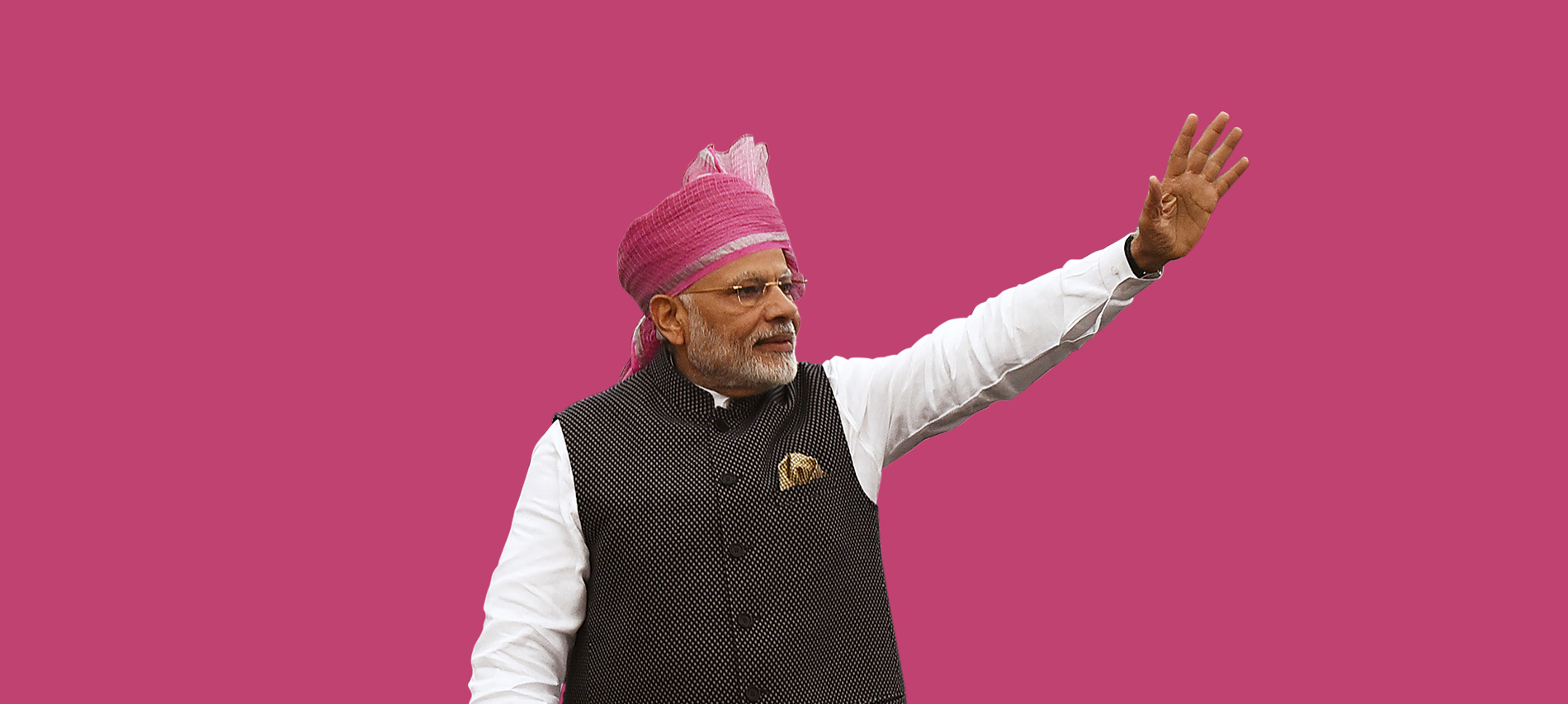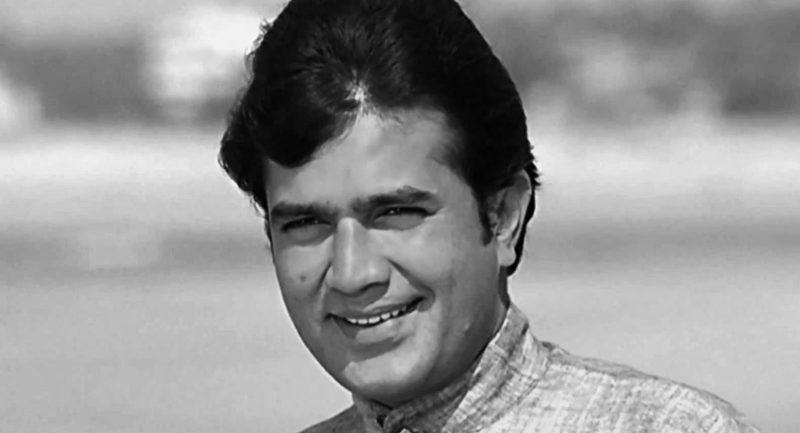
Uday Mahurkar in his latest book Marching with a Billion takes stock of Narendra Modi’s three years in power. Focusing on key areas of governance like infrastructure, foreign affairs, finance, digital technology, etc. Mahurkar showcases the work of the present government and the monumental changes the prime minister has brought about.
Here are ten highlights of Narendra Modi’s tenure:
Nearly 27 crore poor people opened their bank accounts under Narendra Modi’s Pradhan Mantri Jan-Dhan Yojana.

Uday Mahurkar points out that India has emerged as the number one global destination for FDI because of these two factors.

There have been disputes going on between investors and shipping ministry on account of the retrospective regulations slapped by the A.B. Vajpayee government fifteen years ago.

Uday Mahurkar notes that the relationship Modi is forging with the US, cutting across that country’s web of diplomatic calculations, is also new in the history of India’s diplomacy. The way Modi capitalized on India’s strength during his June 2016 US visit, which took the US Congress by storm and instilled the fear of isolation in the heart of Pakistan, and even China, left the world powers impressed.

Modi’s government is probably the first since Independence that has made a real attempt to involve the people in the process and, that too, quite successfully.

Modi, who has always been ahead of his times in adopting the latest technology, told the officials that he wanted to link people to digital technology like nowhere else in the world.

One big criticism of the government on reforms is what many people call its failure to disinvest big PSUs like Air India, SAIL and CIL. There is a view that taxation and banking reforms could have been faster. Mahurkar quotes a senior BJP leader with sound knowledge of the Indian economy who says: ‘What was needed was a transformational approach on reforms, but many steps indicate the government’s approach has been selectively incremental.’

Mahurkar observes that Modi’s China diplomacy signals a great change in India’s attitude towards that nation—from a defensive posture maintained over several decades to that of equal, controlled aggression. Modi gave another sign of India’s new stance soon after the G20 summit in the way he chose to react to the China–Philippines dispute in the South China Sea at the summit of the Association of Southeast Asian Nations at Laos.

According to Uday Mahurkar, the prime minister believes that the country has to overcome the urban–rural digital divide if it is to move forward.

Uday Mahurkar points out that there have been projects under Nitin Gadkari, Minister of Road Transport and Highways of India in Modi government, which have not taken-off yet.

Tell us what you think of Narendra Modi’s governance in the past three years.










